Heaven and Hell
Lessons Learned from the Fukushima Disaster: Don't Wait
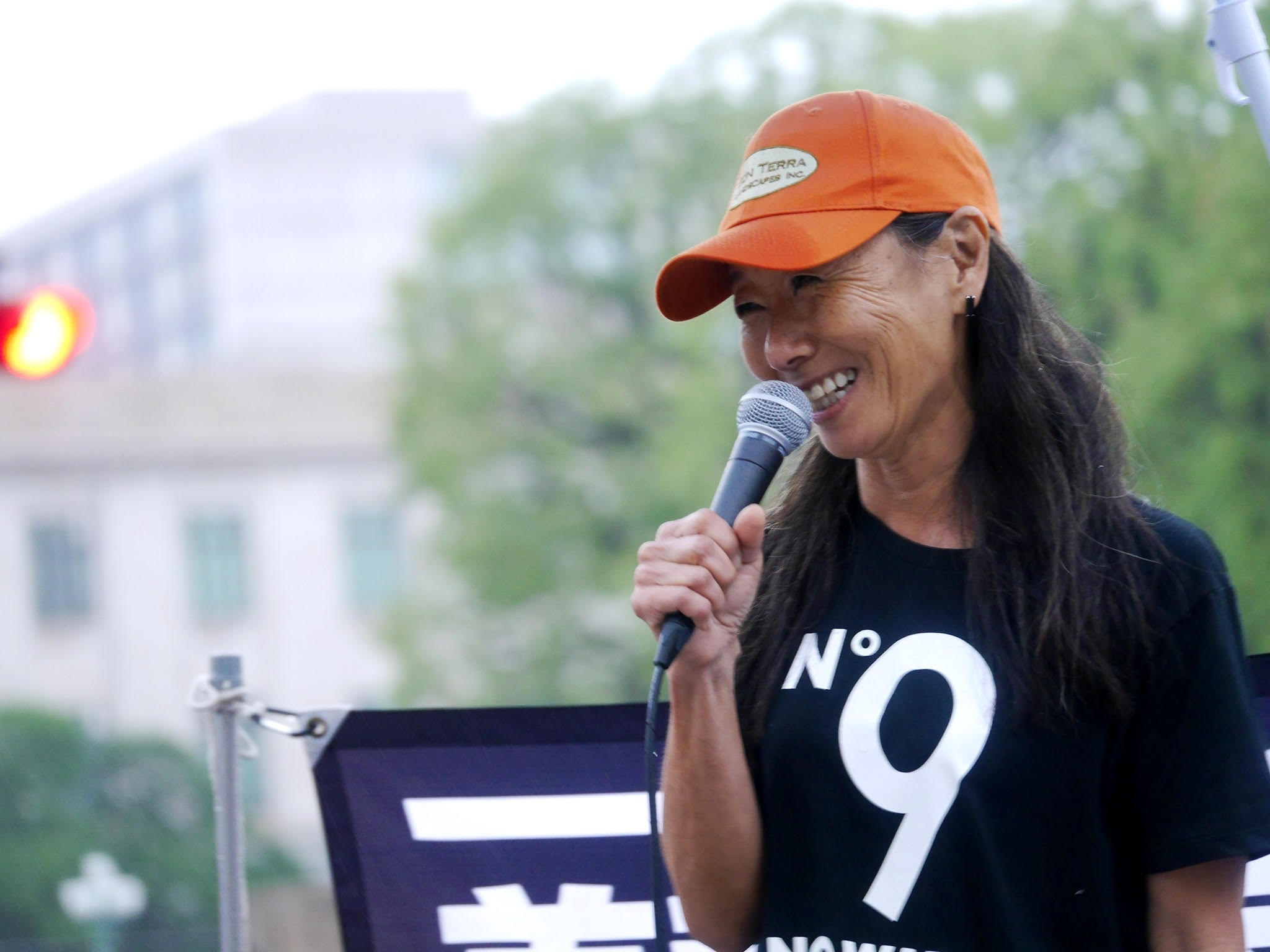
Everyone has a “before-and-after” date. Before and after you met your soulmate. Before and after you came out to your parents. Before and after you conquered cancer. For many years, mine was January 1, 2005. I had done my last gig as a media personality in Tokyo on New Year’s Eve, the night before. Although I continued to write a few regular magazine columns and do occasional radio or TV specials, plus voice work, I would no longer be tied down to my workaholic life. I was free to roam, to discover a new life, to see what was beyond.
I spent several months on a small island in the Philippines, then traveled around: California, Mexico, France, the Deep South. In 2006, my partner and I found a piece of property in California — a 43-acre ranch in the hills outside Los Osos — and we settled down to ranch life on the slice of heaven that is the Central Coast.
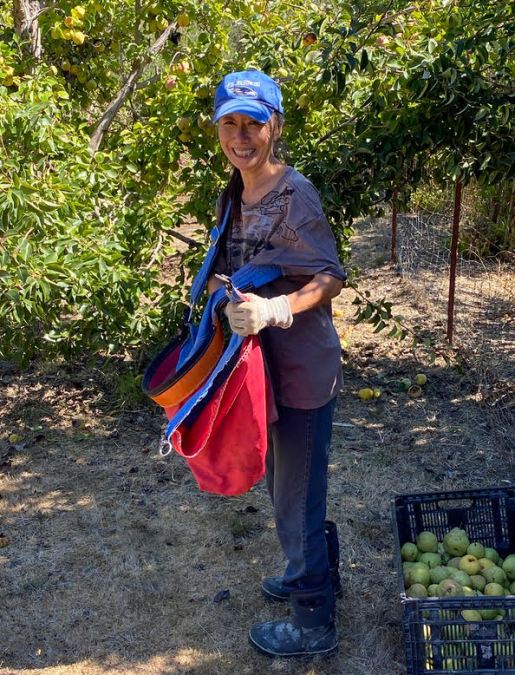
I always knew there was a nuclear power plant just seven or eight miles south of us, but back then, it didn’t occupy too much of my thoughts. Like so many others, I knew too little about nuclear matters to be that concerned. I said, “Well, we’ll help shut it down, won’t we?” Without any real sense of urgency, however, the seasons slipped by.
Until my new “before-and-after” date: March 11, 2011.
A record-breaking earthquake rocked the Tohoku Region of Japan, set off a devastating tsunami, and started a terrible nuclear catastrophe. All during my years in Japan, I was never worried about a nuclear accident. I hardly knew of any nuclear plants, although, ironically, I had appeared in an investor-relations video for the Chugoku Electric Power Company in my twenties, touting the region’s cultural assets and leading viewers on a tour of the Shimane Nuclear Power Plant.
When the Three Mile Island accident happened, media reports made it sound like it was contained pretty quickly. Chernobyl was a much bigger disaster, but it was so far away, not just geographically but psychologically. Plus, Japan wasn’t the Soviet Union! We were a technologically advanced nation! Our quality control was impeccable!
The meltdowns of the Fukushima Daiichi Nuclear Plant also melted away all of those preconceptions.
While I was ignorant about nuclear energy, I was certainly aware of the dangers of radiation. Because of the atomic bombing of Hiroshima and Nagasaki, every Japanese person is highly aware of how deadly radiation can be, causing cancers and birth defects that transcend generations. I immediately feared for my family. My mother and my brother’s family live in Tokyo. His son was just 8 years old. When I finally got through to my brother on the phone, I urged him to leave Japan as soon as he could: “Do it now, before it’s too late. There’ll be panic at the international airports.” But he felt he couldn’t just go. His wife’s family lived just 25 miles south of the Fukushima Daiichi plant. They were not about to pick up and leave.
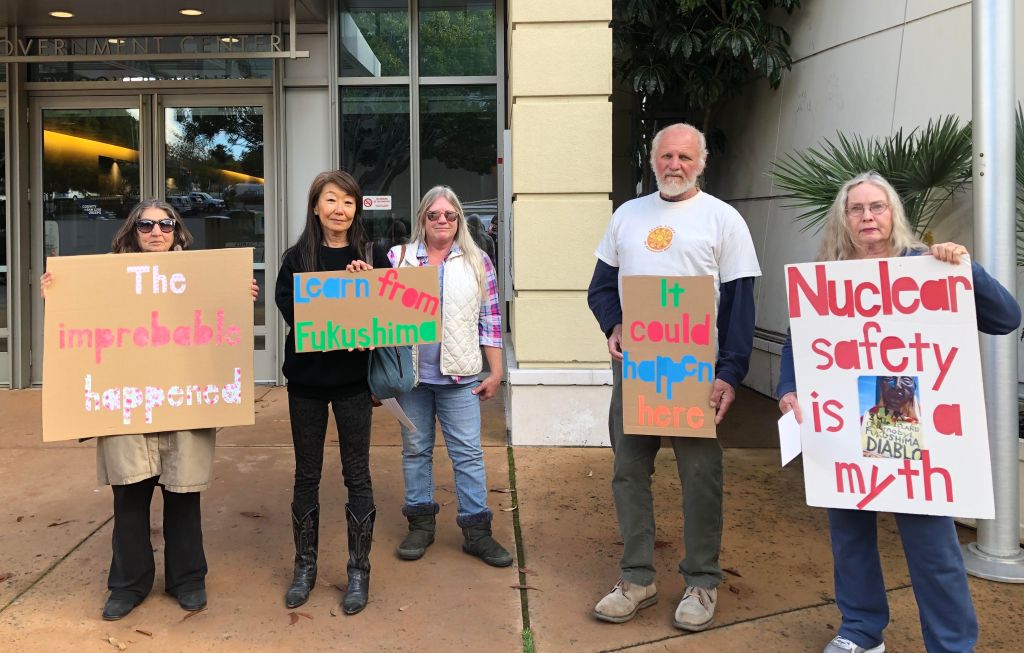
Tokyo is 150 miles south of Fukushima Daiichi. As former Prime Minister Naoto Kan said, if the prevailing winds had not shifted offshore, carrying the radiation over the Pacific, he could have been faced with having to evacuate 50 million people or more.
Still, as the tragedy unfolded, hundreds of thousands became nuclear refugees; lives and livelihoods were lost. A prefecture once rich with agriculture, fisheries, and tourism became a death zone. Those outside of the region didn’t care if the produce was not at all radioactive — just being from Fukushima carries a stigma.
I saw for the first time how close Hell was to my Heaven. The same thing could happen here! Today is what March 10, 2011, was for those in Fukushima, I thought. Every day is March 10. There were disturbing similarities. San Luis Obispo County is roughly the size of Fukushima Prefecture. It also relies heavily on agriculture, fisheries, and tourism. Diablo Canyon sits on top of intersecting fault lines. Everyone here is as complacent as we were in Japan.
Not everybody, though. Soon after March 11, I reached out to Mothers for Peace, the nonprofit organization that has worked to shut down Diablo Canyon since before its construction. At first I offered my language services; now I try to spread my message that “It could happen here.”
Working with Mothers for Peace, I began to learn more and more about the nuclear industry. Each step was a complete eye-opener. What? You mean the nuclear fuel doesn’t keep the reactors working forever? You have to load NEW fuel? The “spent” fuel is no good because it’s too radioactive? So it’s MORE dangerous? And yet it sits out there in the open, vulnerable to climate factors, as well as acts of terror? And all of this to simply BOIL WATER for steam generation, a centuries-old technology? I knew so little.
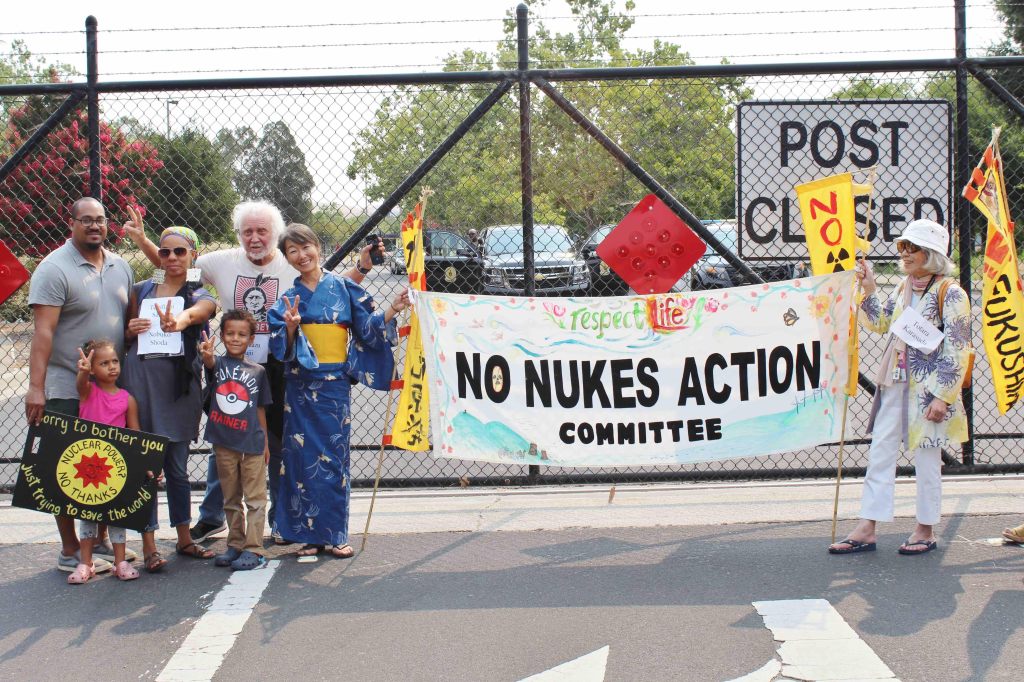
I created a little animated video about the entire nuclear chain — something simple so that even dummies like me could “get it.” In doing so, I found out that the radioactive poison harms everyone in its path, from mining uranium to processing, to operation and storage.
The learning process continues, even today. I bought a radiation monitor and discovered that radiation levels around Diablo Canyon as well as downwind are as high as in Tokyo after Fukushima Daiichi exploded. Just recently, we learned of the serious embrittlement of the Unit 1 reactor vessel, and how the reactor vessel could shatter like glass should there be a sudden change in temperature, as in an emergency shutdown.
Knowing all of this, people ask, why don’t you just move? I tell them, it’s because I am in love with my ranch. If you found out the love of your life has a terrible and contagious disease, would you just abandon her? I want to stay here to protect her. And that’s why I continue to work with Mothers for Peace to shut down Diablo Canyon — a month, a year, even 10 years too early, rather than a day too late.

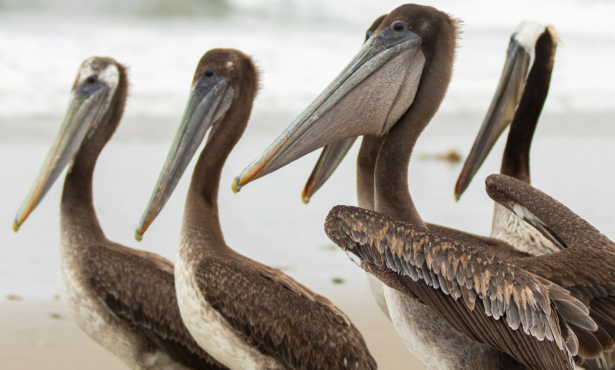
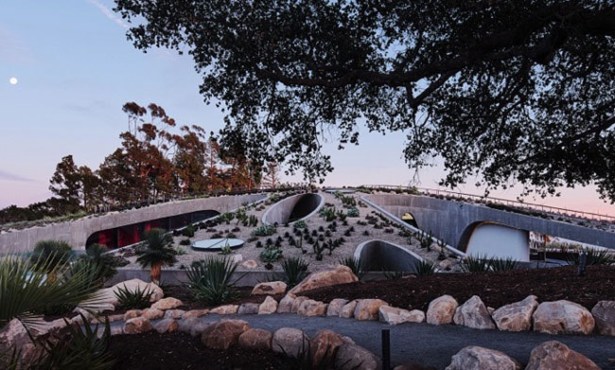

You must be logged in to post a comment.